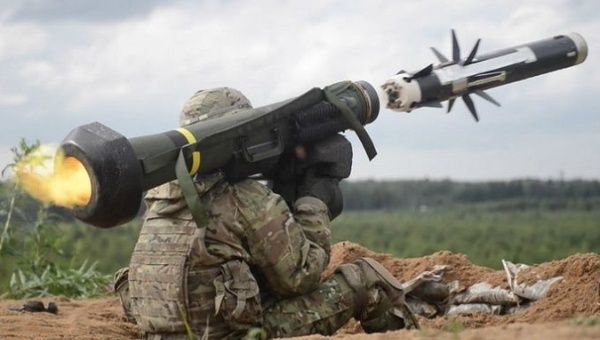On Monday, the Stockholm International Peace Research Institute (SIPRI) published its latest report of global arms sales, which shows that European states’ imports of major arms over the five years between 2018 and 2022 increased by 47 percent compared with that of the 2013-2017 period, while the global arms transfers decreased by 5.1 percent.
During the stated period, arms imports in Africa, the Americas, Asia and Oceania, and the Middle East fell by 40 percent, 21 percent, 7.5 percent and 8.8 percent respectively.
In the meantime, European North Atlantic Treaty Organization states increased their arms imports by 65 percent mainly due to the Russia-Ukraine conflict.
The report also said that the U.S. dominance of the global arms trade increased, as its share of global arms exports surged from 33 percent to 40 percent while Russia’s share fell from 22 percent to 16 percent.
Who were the top 10 exporters of major arms in 2018–22?
1) USA🇺🇸
2) Russia🇷🇺
3) France🇫🇷
4) China🇨🇳
5) Germany🇩🇪
6) Italy🇮🇹
7) UK🇬🇧
8) Spain🇪🇸
9) South Korea🇰🇷
10) Israel🇮🇱New SIPRI data out now ➡️ https://t.co/qnHO6QwBNV pic.twitter.com/Dz8gERaZS7
— SIPRI (@SIPRIorg) March 13, 2023
In the Asia-Pacific region, South Korea, Japan and Australia’s arms imports soared 61 percent, 171 percent and 23 percent respectively, with the U.S. as the main supplier to the three countries. In the Middle East, the largest arms supplier is also the U.S., providing 54 percent of the region’s arms imports.
As a result of military aid from the U.S. and many European states following the crisis in February 2022, Ukraine became the 3rd biggest importer of major arms during 2022.
“Even as arms transfers have declined globally, those to Europe have risen sharply due to the tensions between Russia and most other European states,” said Pieter D. Wezeman, senior researcher with the SIPRI Arms Transfers Programme.
Russia-Ukraine conflict: business for the arms industry #Russia #Ukraine pic.twitter.com/SsDGcoqXl0
— teleSUR English (@telesurenglish) March 13, 2022

